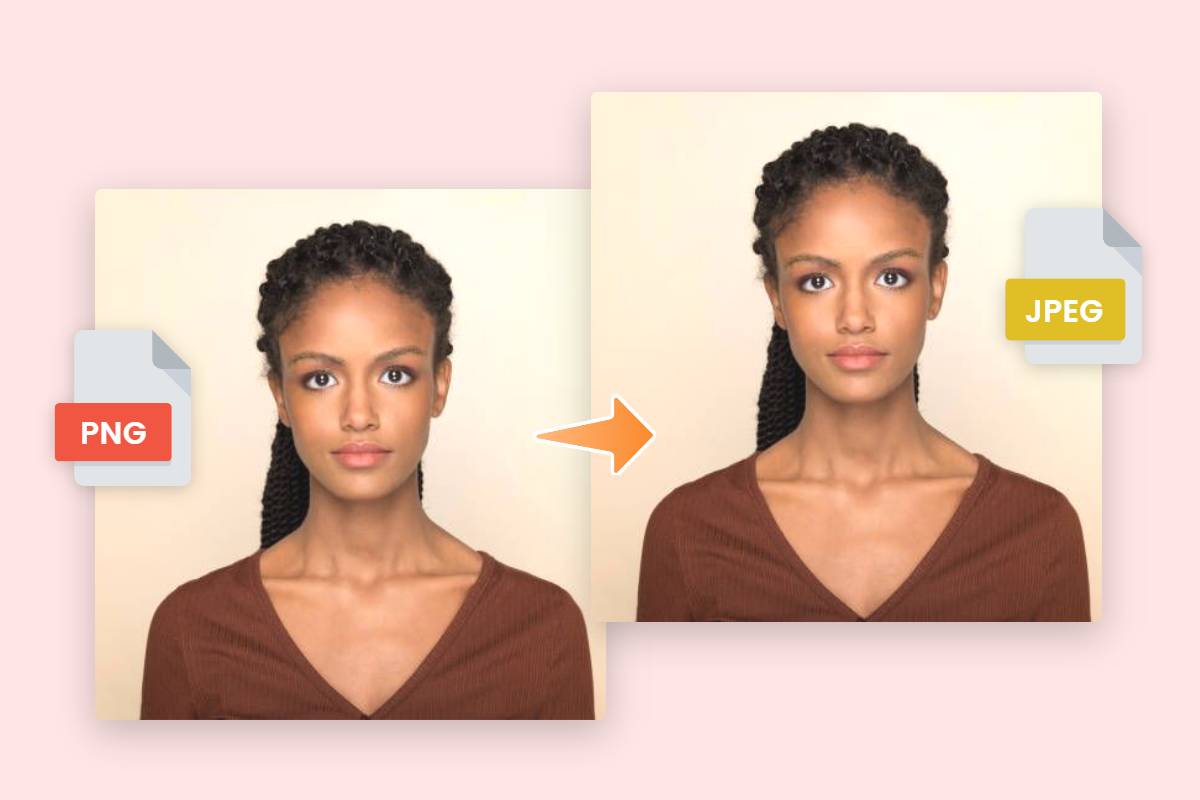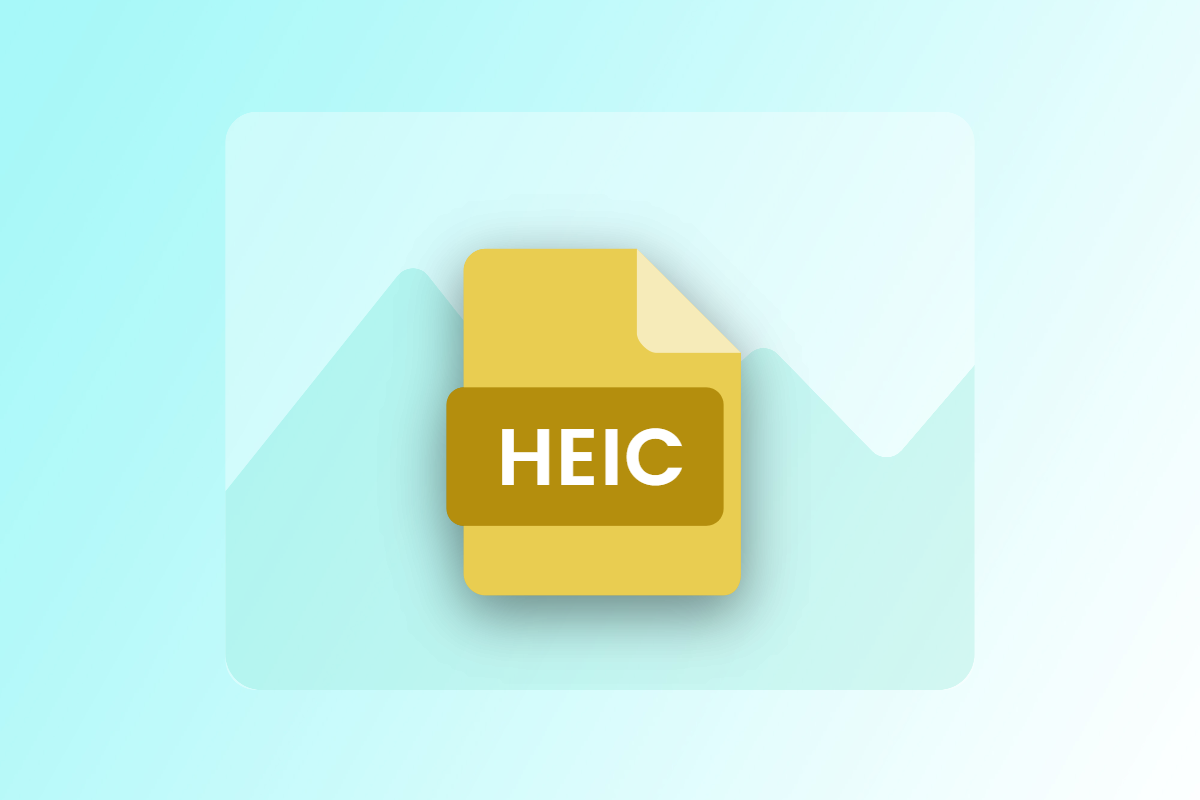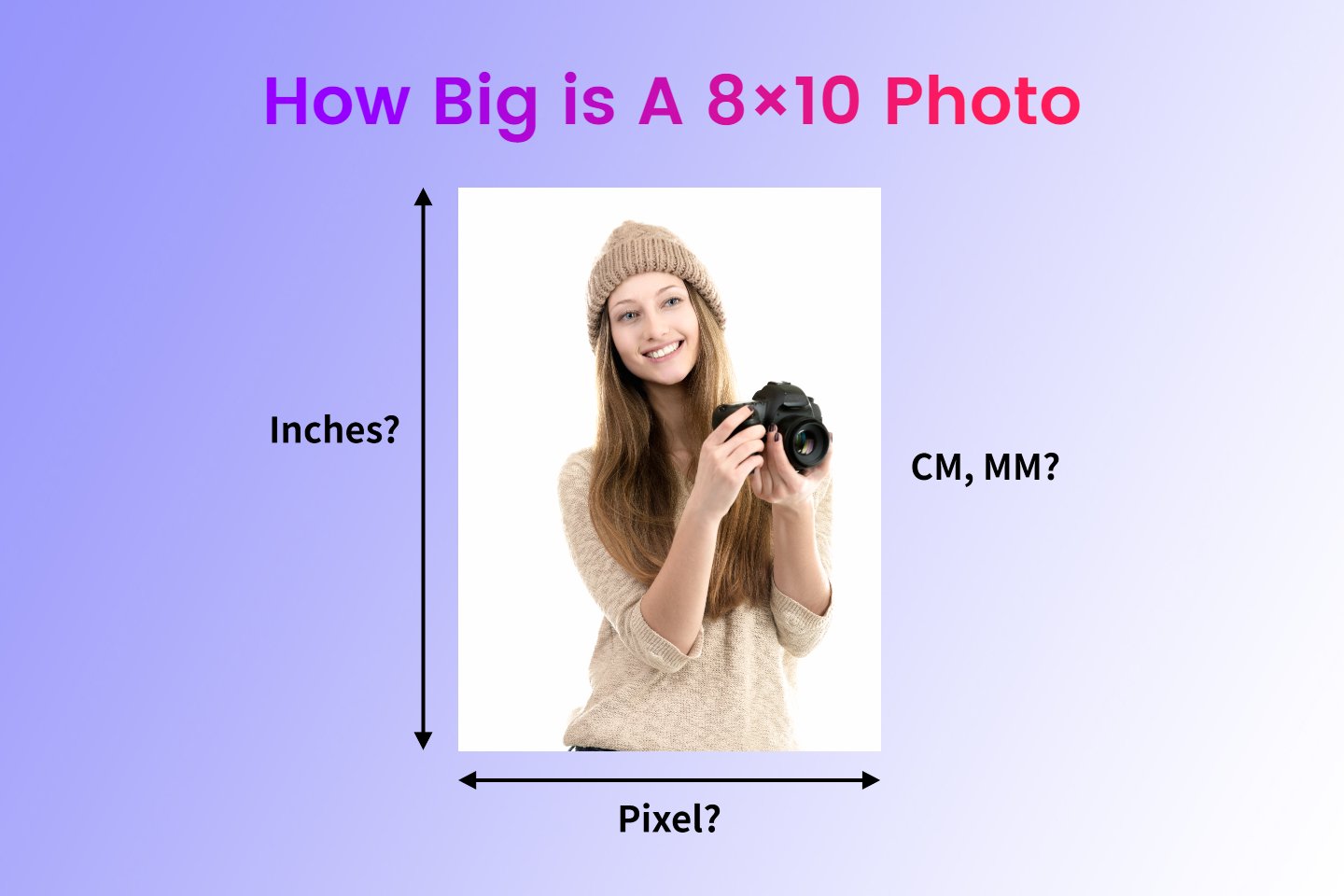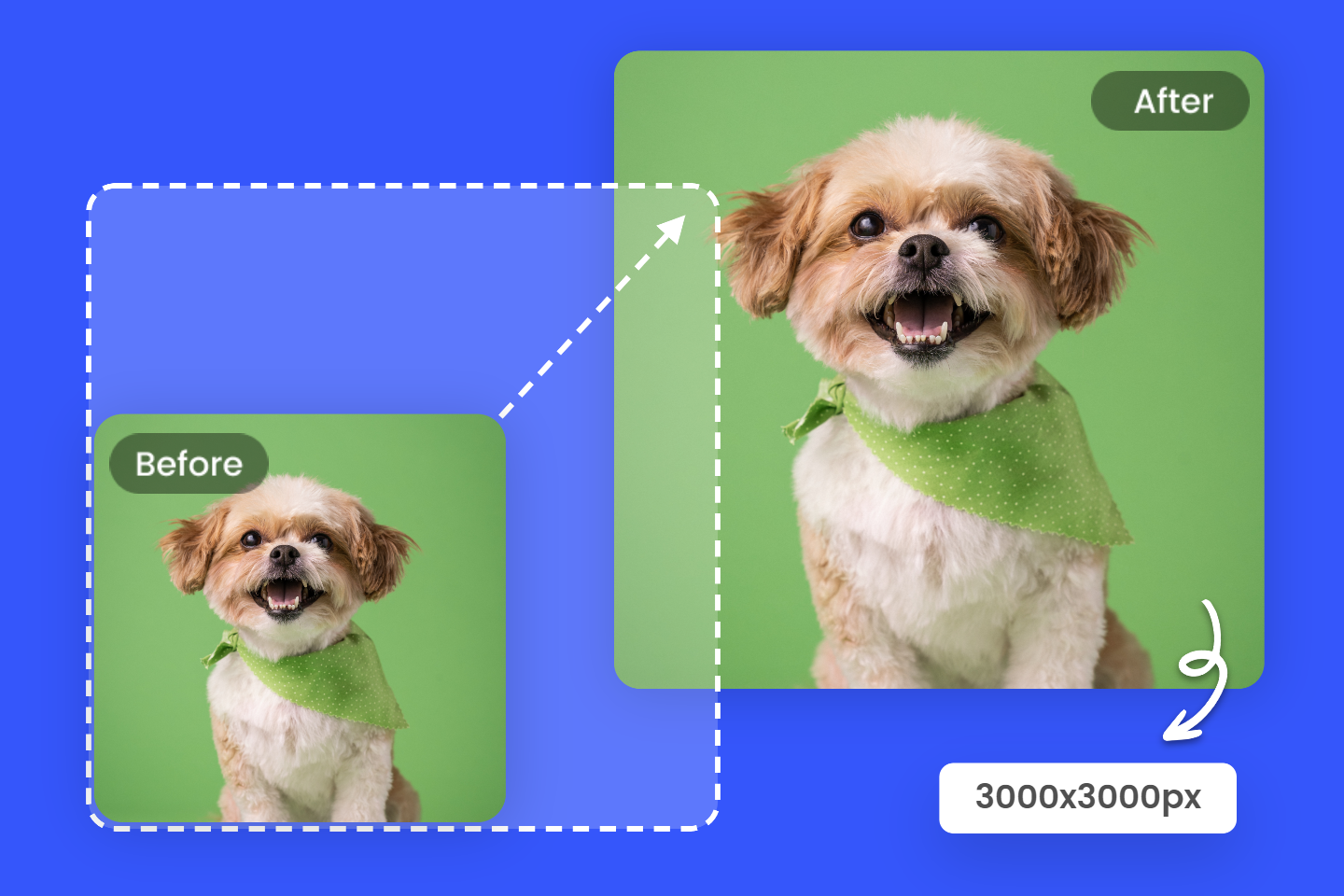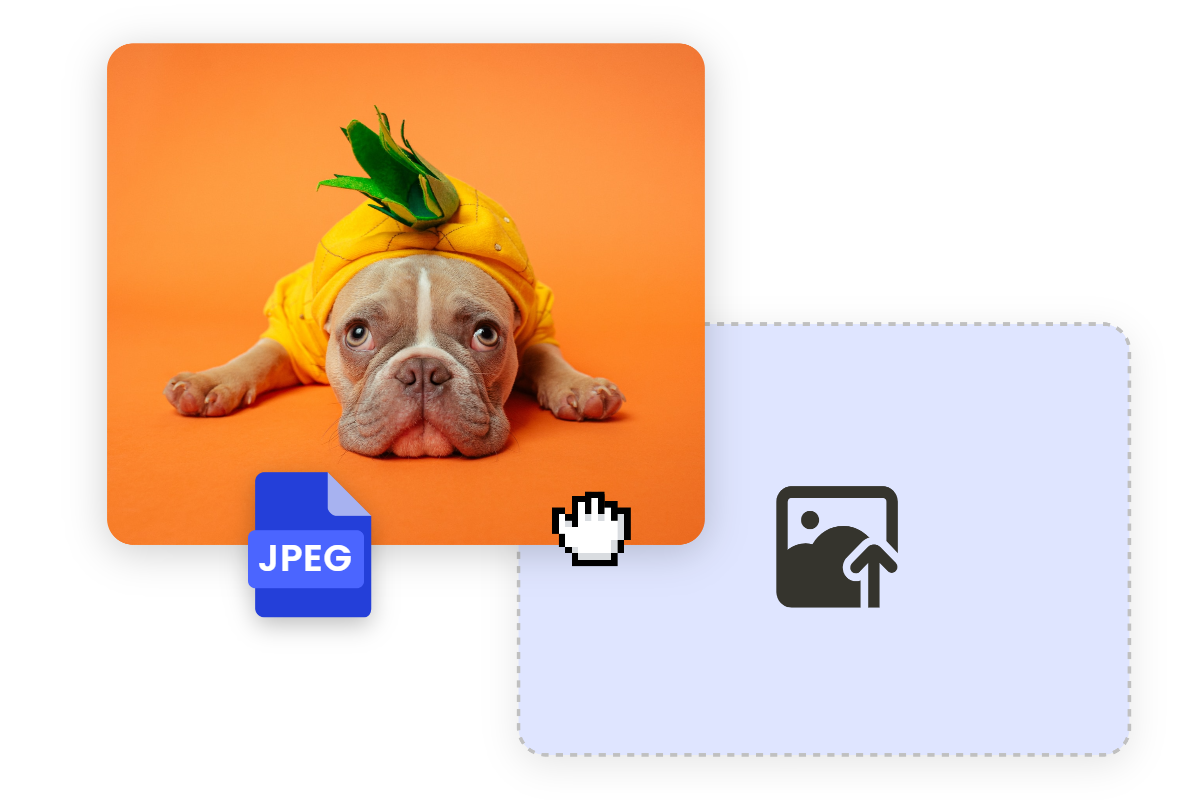What is SVG: Definition, Pros & Cons and How to Make
Summary: In this article, we will talk about what is SVG, including its definition, advantages and disadvantages and ways to open an SVG file. Also, a powerful SVG editor will be shared to help you make SVG files.
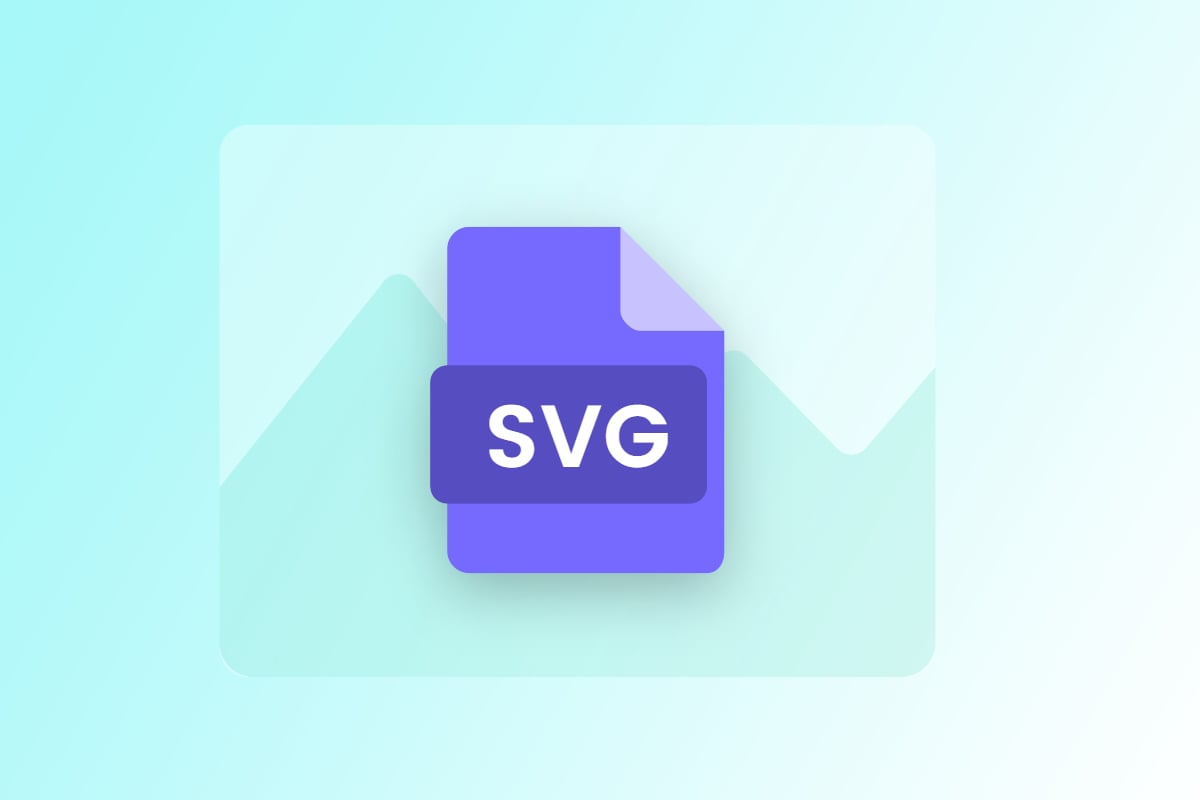
SVG (Scalable Vector Graphics) is a widely used file format for displaying vector-based graphics on the web. Unlike raster image formats such as JPEG or PNG, SVG files use mathematical equations to define and describe the appearance of the image. This allows SVG images to be scaled and resized without losing quality or becoming pixelated.
SVGs are something of a magic trick in website and graphic design. There’s a lot you can do with your designs once you learn about SVG files. Keep reading this quick guide to the powerful SVG file to figure out what is SVG and how to create and edit an SVG file. Let’s dive in.
What is An SVG File?
Scalable Vector Graphics (SVG) is a type of file format used to represent two-dimensional vector graphics. Unlike raster image formats such as JPEG or PNG, which are based on a grid of pixels, SVG files use mathematical equations to define and describe the shapes, colors, and styles of the image. This means that SVG images can be scaled and resized without losing quality or becoming pixelated.
SVG files are written in XML (eXtensible Markup Language), which is a markup language used for structuring and organizing data. The XML structure of an SVG file consists of various elements and attributes that define the visual properties of the image. These elements include paths, lines, curves, shapes, gradients, and text. It is a web-friendly vector file format.
What are SVG Files Used for
SVG files have a wide range of applications in web design, graphic design, and other fields. Some common uses of SVG files include:
Web Design: SVG images are ideal for creating scalable icons, logos, and illustrations that can adapt to different screen sizes and resolutions. They offer flexibility and responsiveness, making them suitable for responsive web design.
Data Visualization: SVG files are often used in data visualization projects, where complex charts, graphs, and interactive diagrams need to be created. The scalability and interactivity of SVG make it an excellent choice for displaying dynamic and interactive visualizations.
User Interfaces: SVG can be used to create visually appealing and interactive user interfaces. Buttons, menus, sliders, and other UI elements can be designed using SVG, providing a consistent look across different devices and platforms.
Animation: SVG supports animation and interactivity through CSS or JavaScript. This allows for the creation of animated icons, banners, and other graphical elements, enhancing the user experience.
Pros and Cons of SVG Files
Advantages of SVG Files
Infinity Scalability: SVG images can be scaled to any size without loss of quality. This makes them ideal for high-resolution displays and devices with varying screen sizes.
Small File Size: SVG files are typically smaller in size compared to raster images, resulting in faster loading times and reduced bandwidth usage.
Editability: SVG files are editable using various software tools, allowing designers to modify and customize the images easily.
Accessibility: SVG files can be made accessible to screen readers and other assistive technologies, making them inclusive for users with disabilities.
Despite these advantages, SVG files also have some limitations.
Disadvantages of SVG Files
Complexity: Creating complex SVG images can be more challenging compared to raster images, requiring a good understanding of vector graphics concepts.
Browser Support: While modern browsers have good support for SVG, older versions may have limited or inconsistent support. It's essential to test SVG compatibility across different browsers.
How to Open SVG File
Opening an SVG file is relatively straightforward. Most modern web browsers, such as Google Chrome, Mozilla Firefox, and Safari, can display SVG files directly. Double-clicking an SVG file or dragging it into a browser window will open and render the image.
Alternatively, SVG files can be opened and edited using graphic design software such as Fotor, Adobe Illustrator, or Inkscape. These tools provide advanced editing capabilities, allowing designers to manipulate and refine SVG images.
How to Make & Edit SVG Images
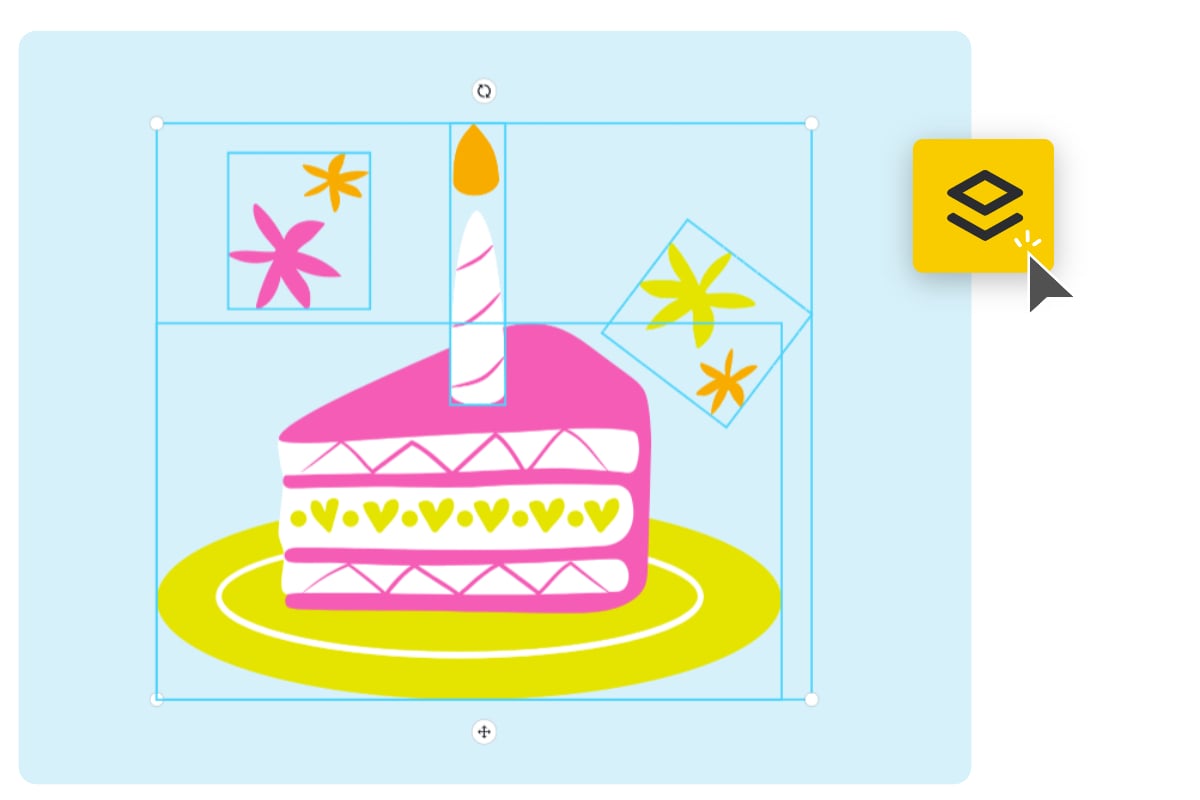
There are 2 common approaches to make SVG files.
Graphic Design Software: Professional graphic design software like Adobe Illustrator or CorelDRAW provides comprehensive tools for creating and editing SVG files. These applications offer precise control over shapes, colors, and other visual elements, allowing designers to create intricate and visually appealing graphics.
Online SVG Editors: You can also convert your image into SVG images with online editors such as Vectr, Gravit Designer, or SVG-edit which offer a user-friendly interface for creating SVG files directly in the browser. These tools often provide a simplified set of features but are suitable for basic SVG creation and editing tasks.
Here, we recommend Fotor. It is not only an excellent graphic design software, but also a powerful online SVG editor. Fotor offers various graphic design elements to help you create web-friendly SVG files effortlessly. And users are also allowed to convert existing images to SVG with our image converter.
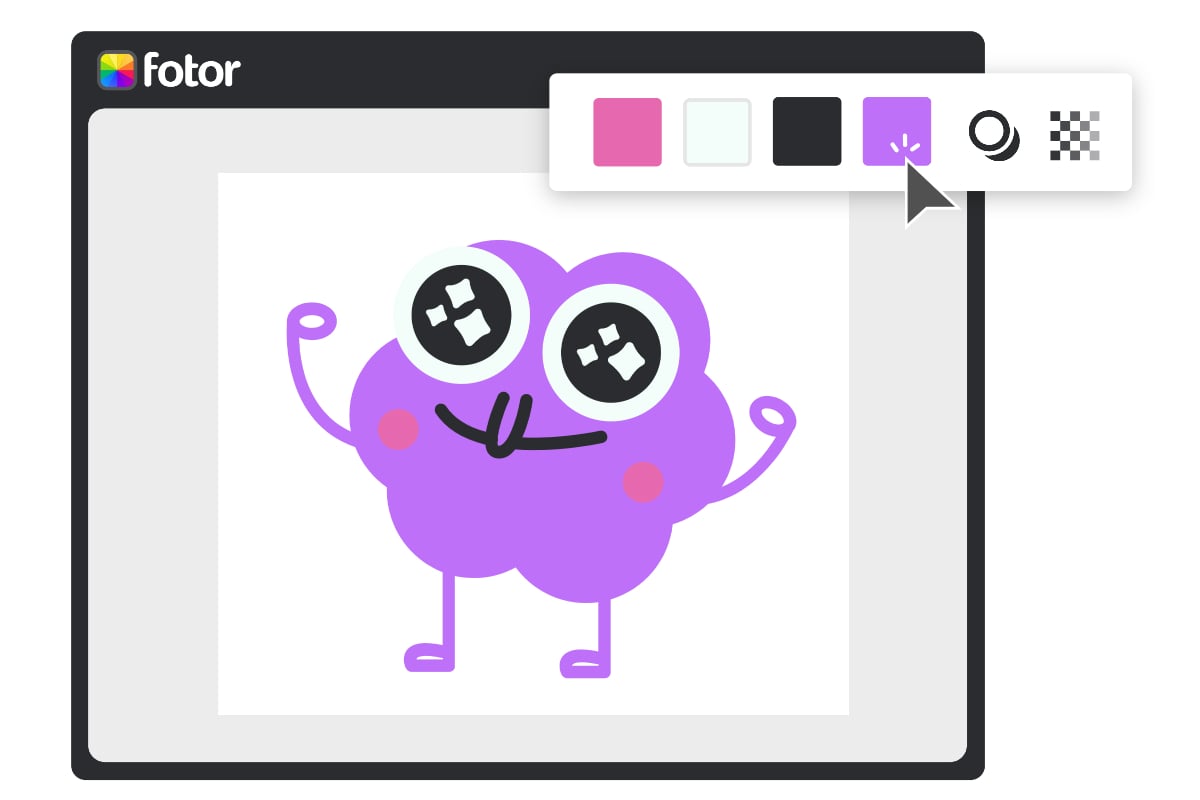
Fotor
Make and edit your SVG files with SVG editor of Fotor. It also offers a powerful image converter, which helps you to convert images to any desired format.
Just upload your image to our SVG editor to group or ungroup SVG objects, merge and combine multiple SVG files, and apply easy changes to your images such as cropping, rotating or flipping your SVG images to make them better fit your layout or design. Finally, save and download image as SVG format.
Conclusion
In this post, we have talked about what is SVG and how to open, make and edit SVG files. SVG files have become an essential part of modern web and graphic design due to their scalability, small file size, and editability. With the availability of professional software tools and online editors such as Fotor, creating and editing SVG files has become more accessible to designers and developers.
FAQs About SVG Files
What’s the Difference Between SVG, JPG and PNG Files?
SVG is a vector-based graphic format that represents images as mathematical values. JPG is a raster or bitmap image format, while PNG uses binary code to compress image data. SVG files are preferred for graphic design because anyone can easily view the intended dimensions of each image element.
How large are SVG files?
The size of SVG files can vary depending on the complexity of the image and the level of detail. In general, SVG files tend to have smaller file sizes compared to raster image formats such as JPEG or PNG. This is because SVG files use mathematical equations to describe the shapes and properties of the image, rather than storing pixel-by-pixel information.
